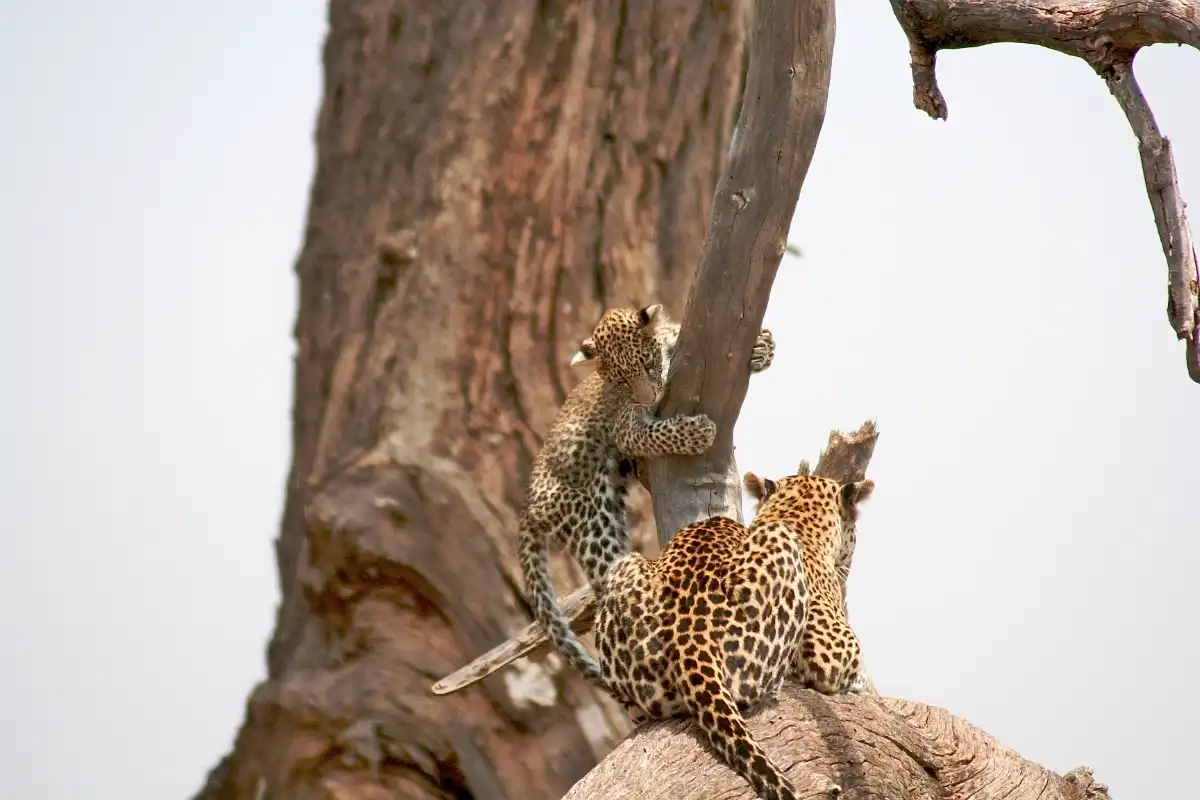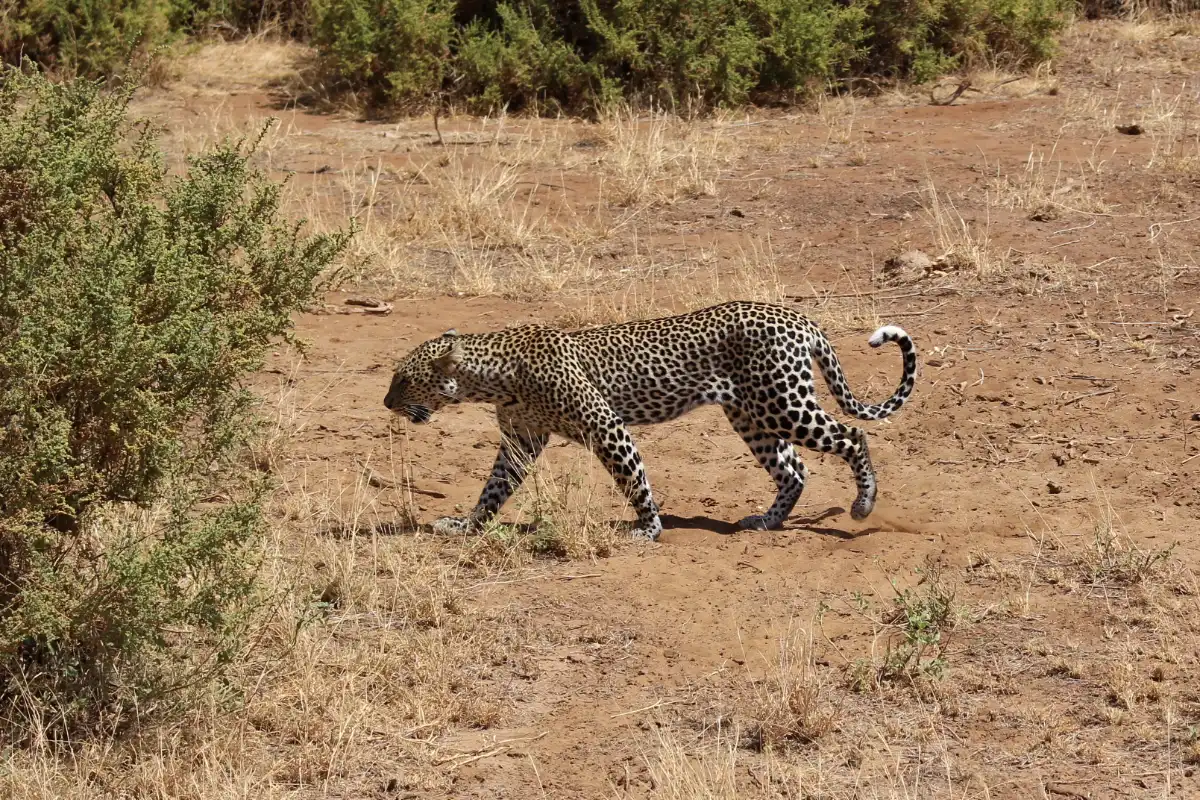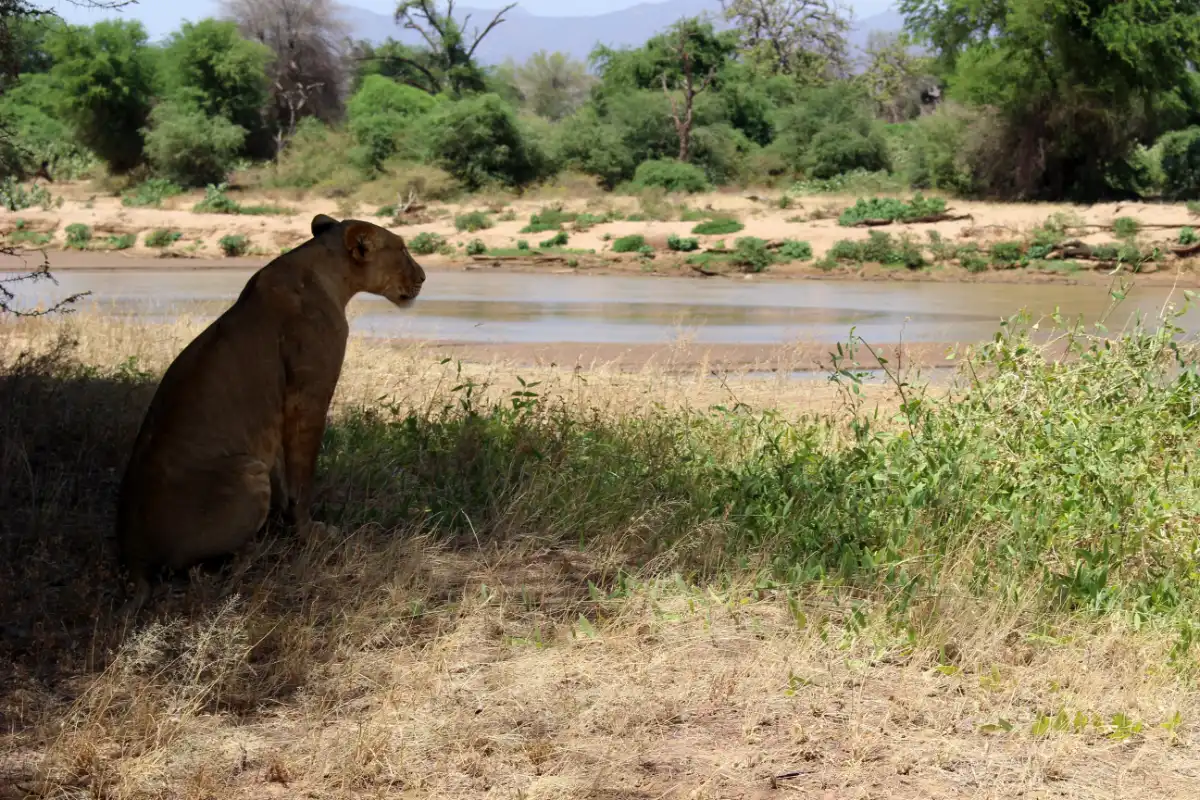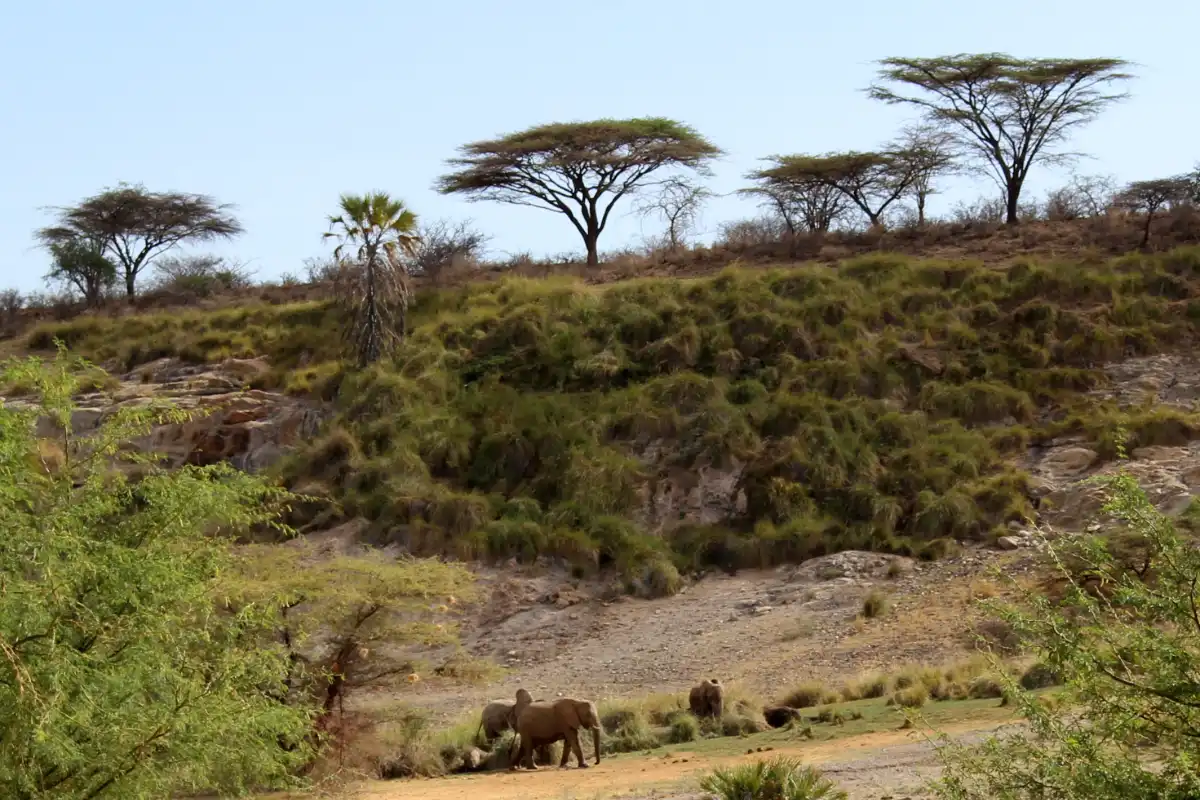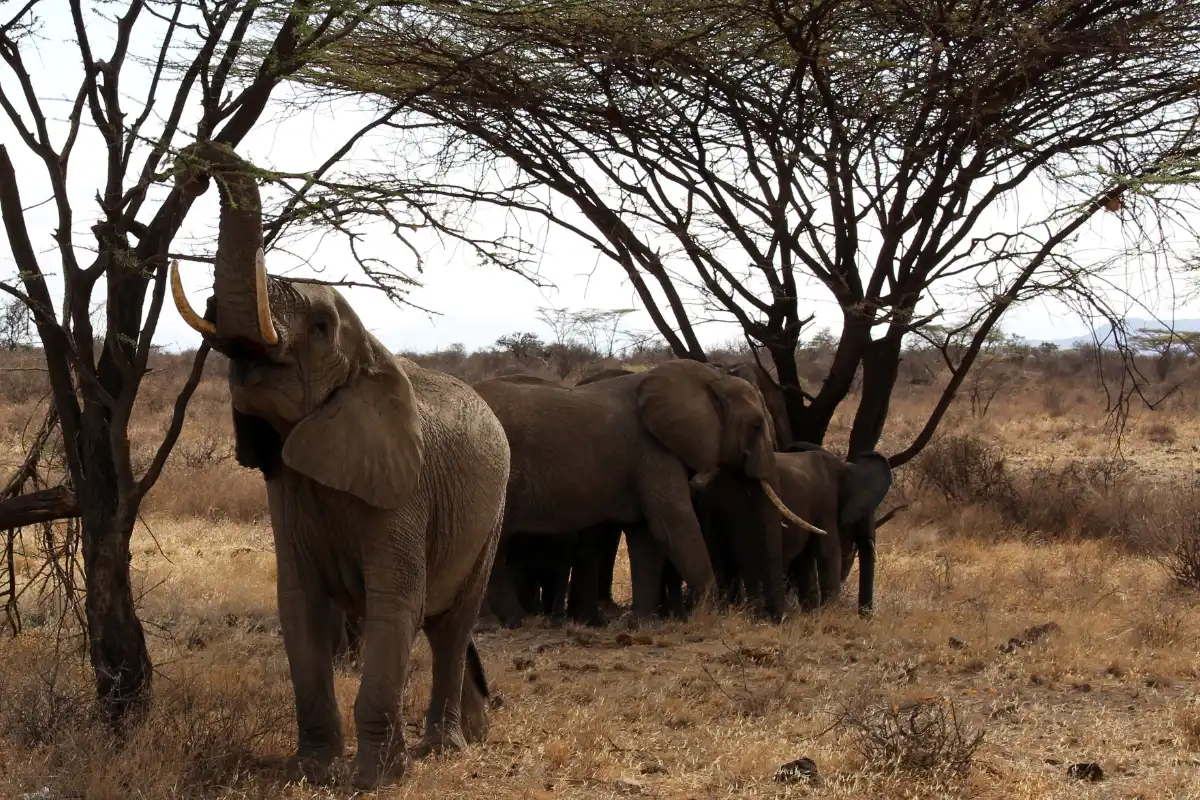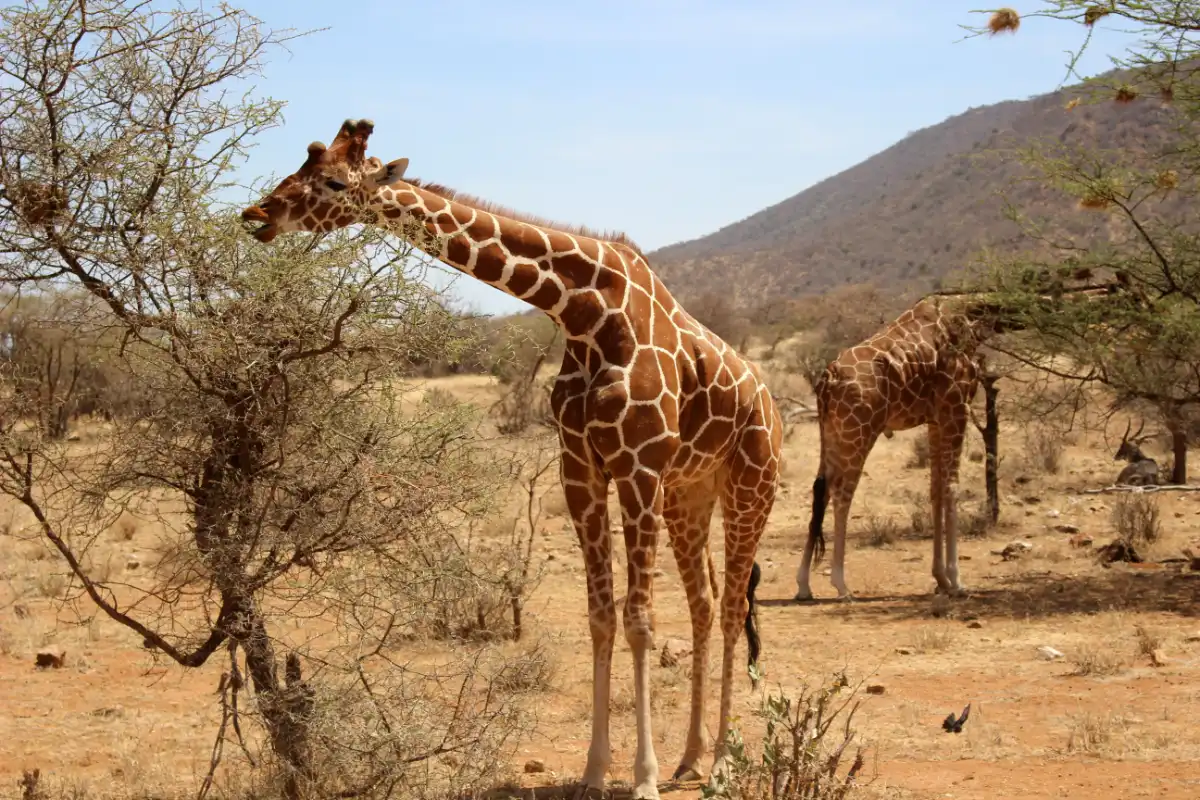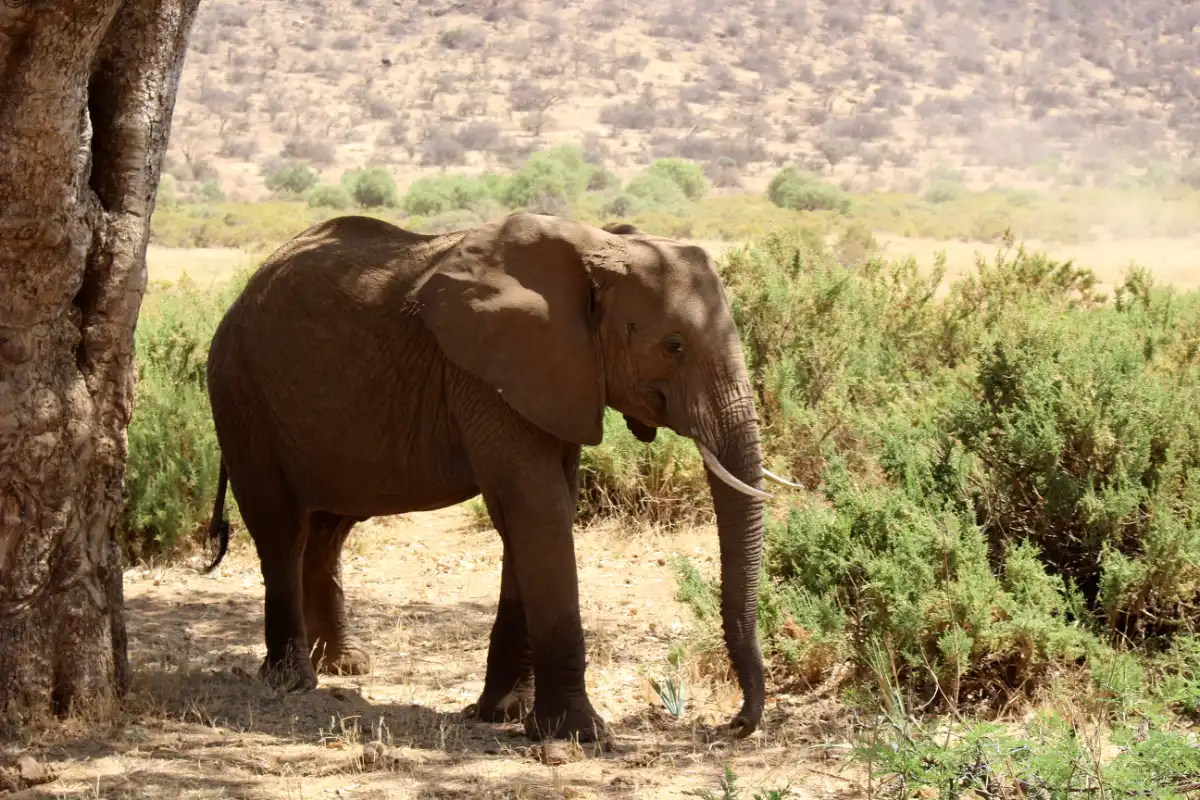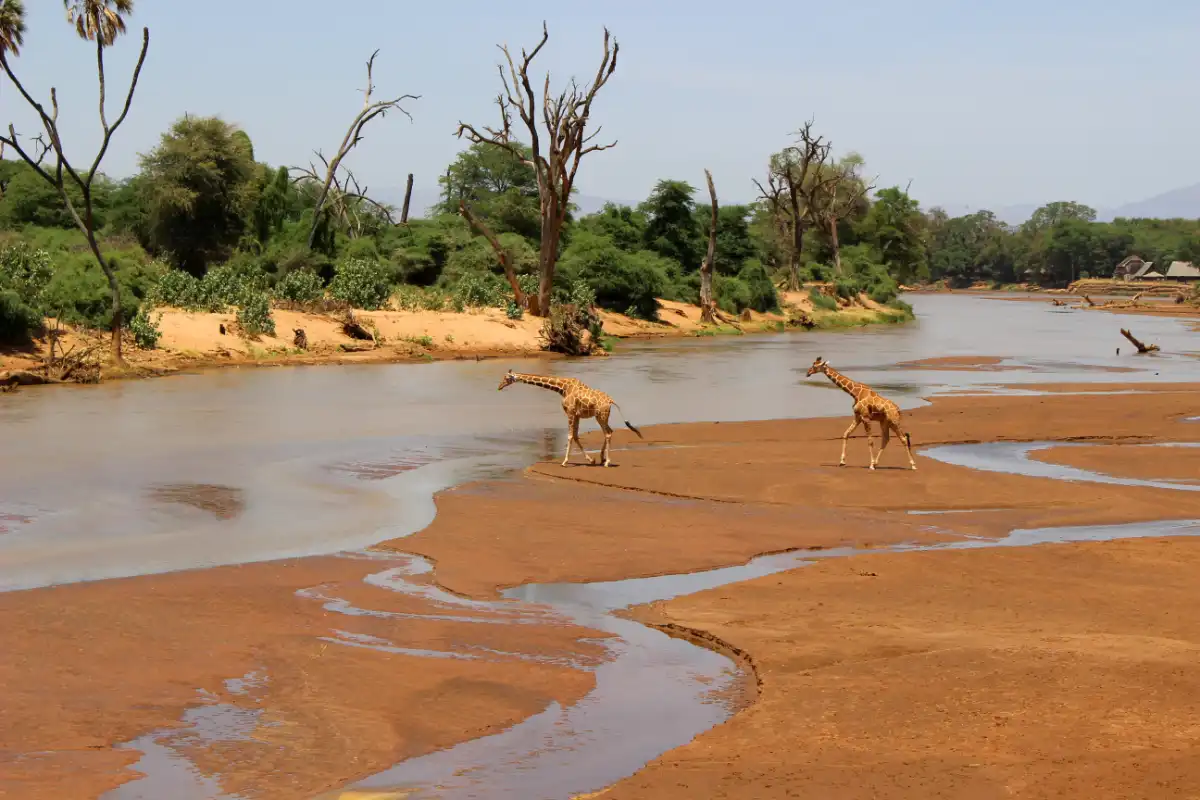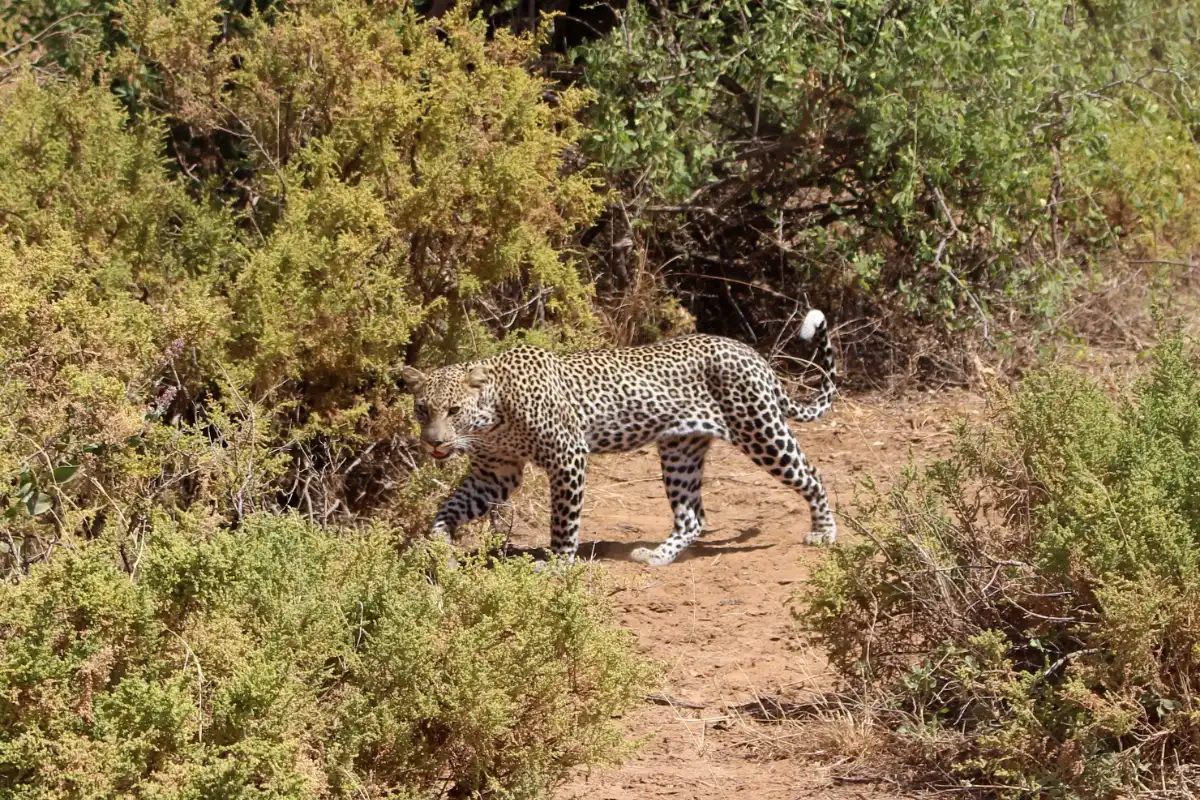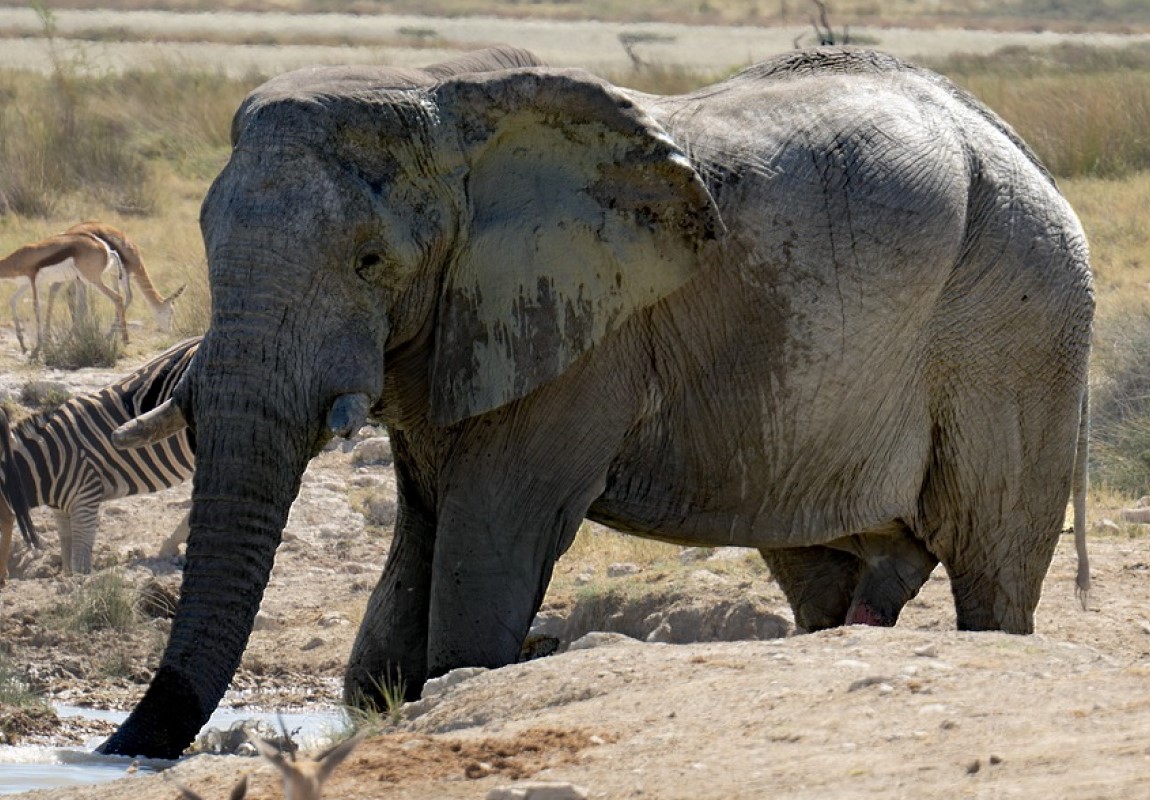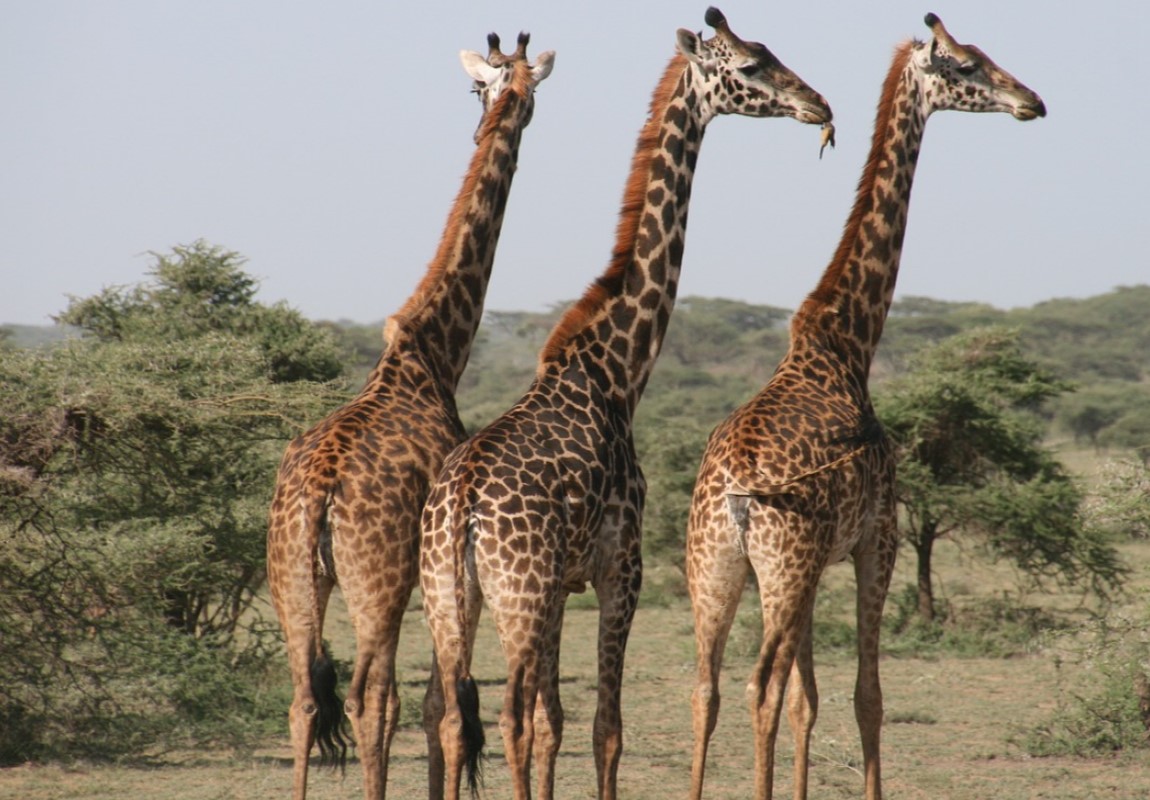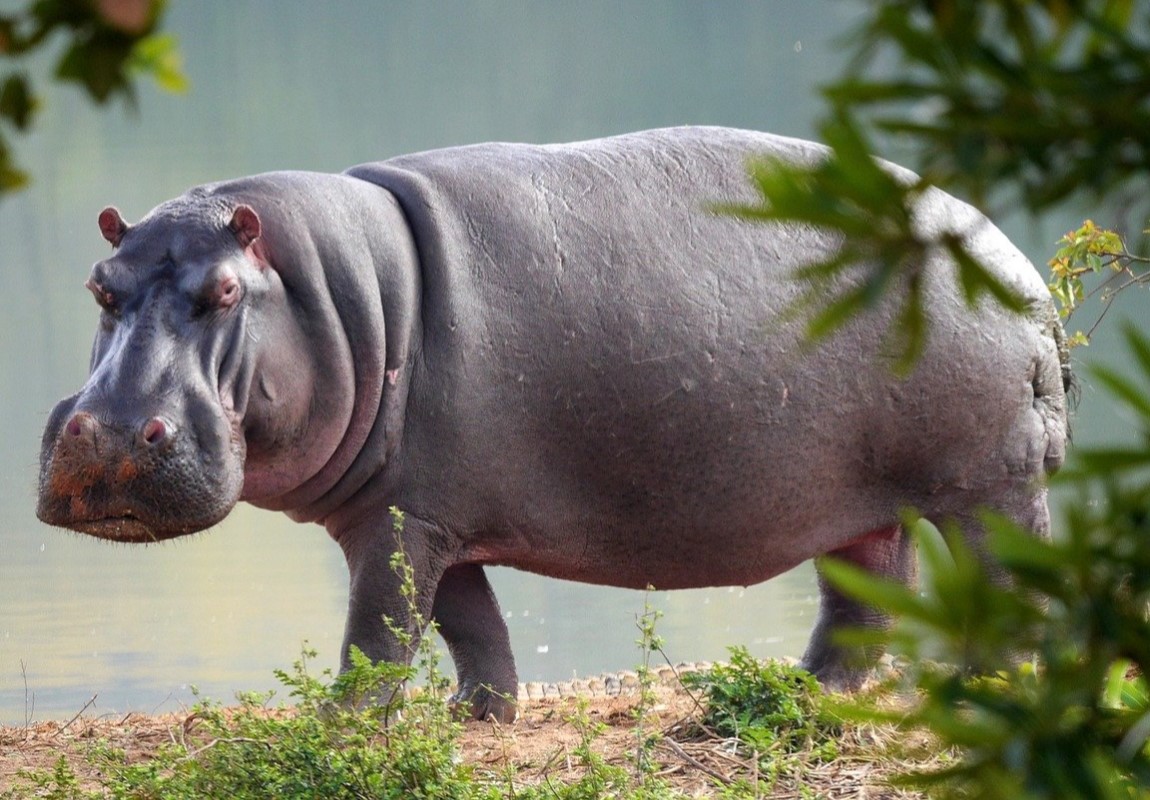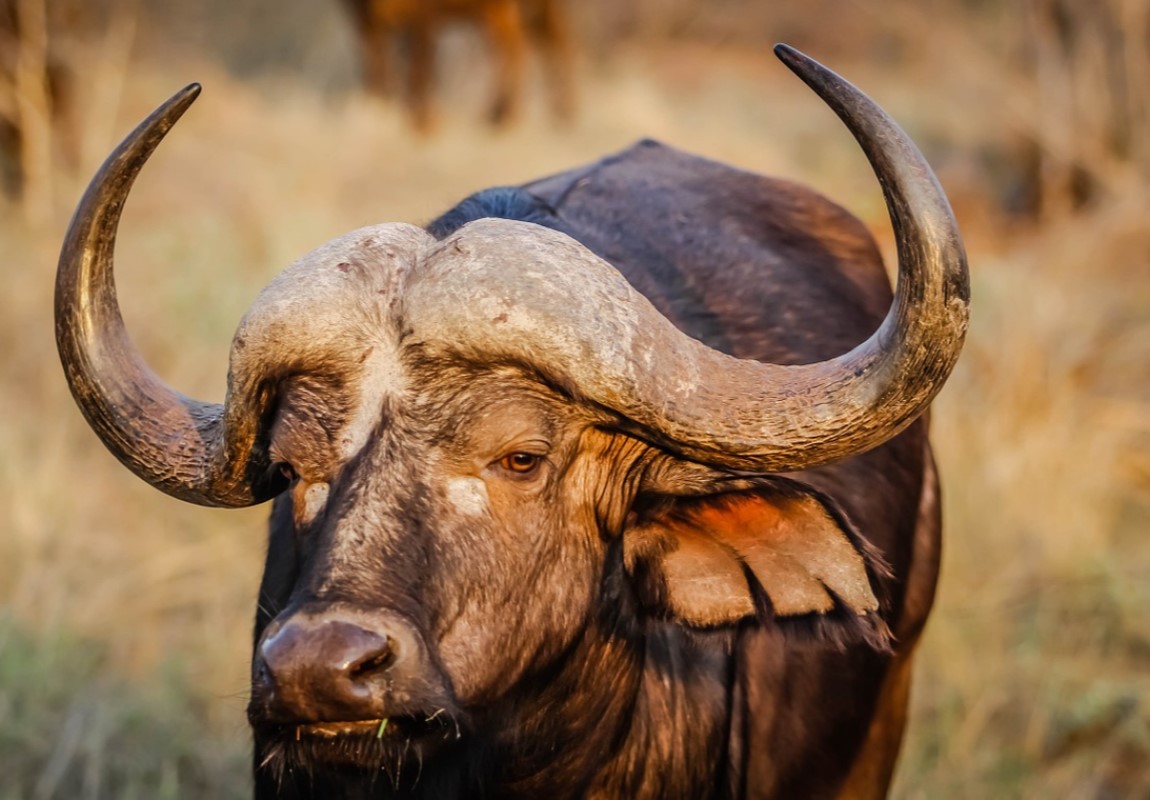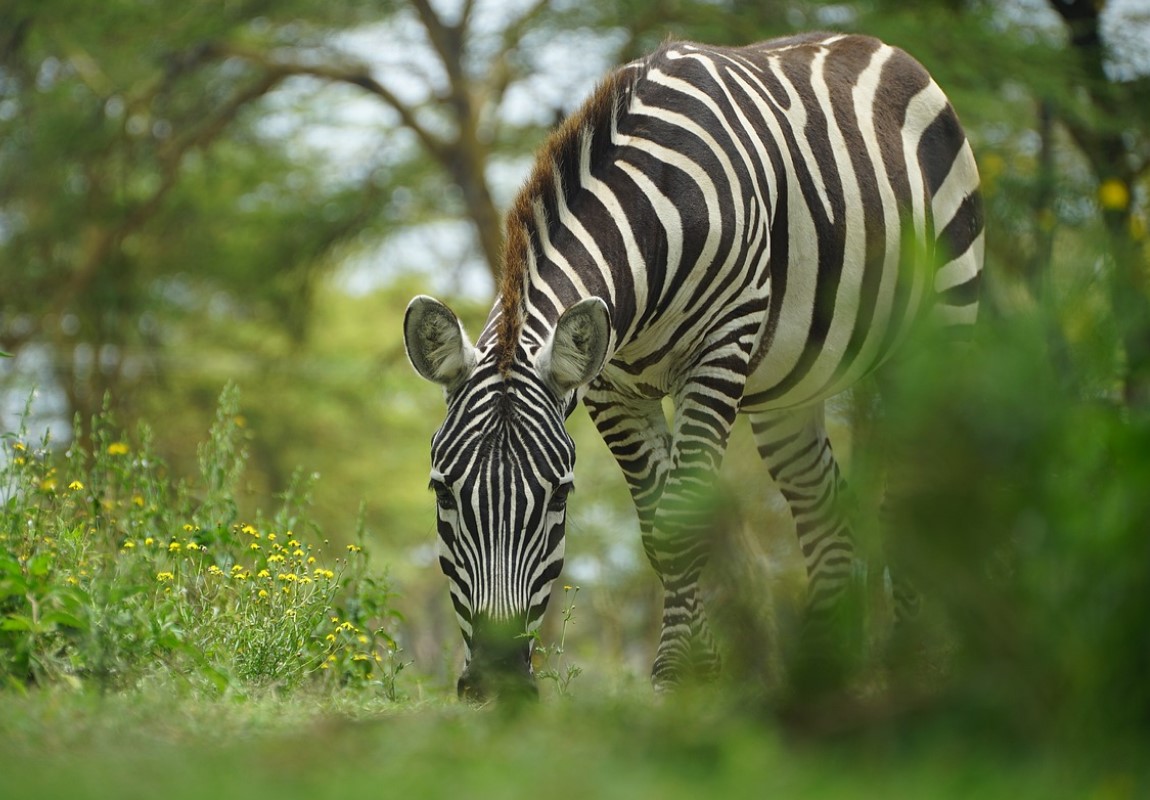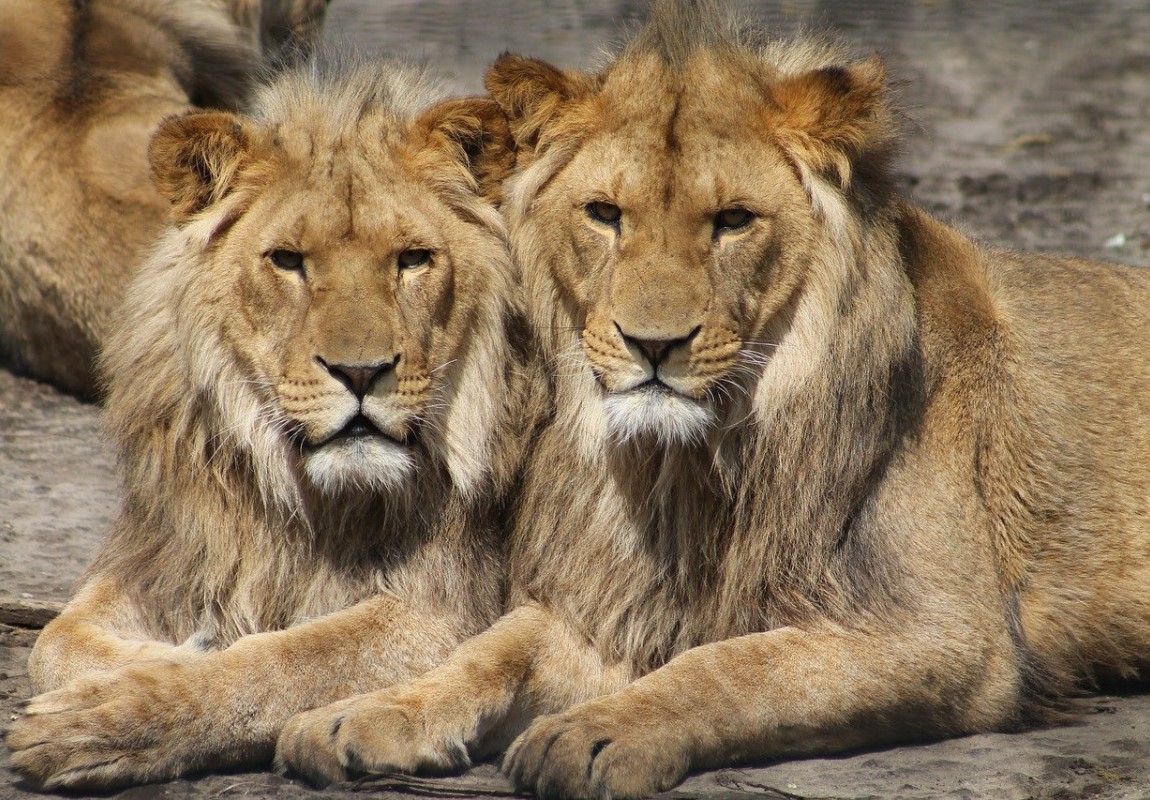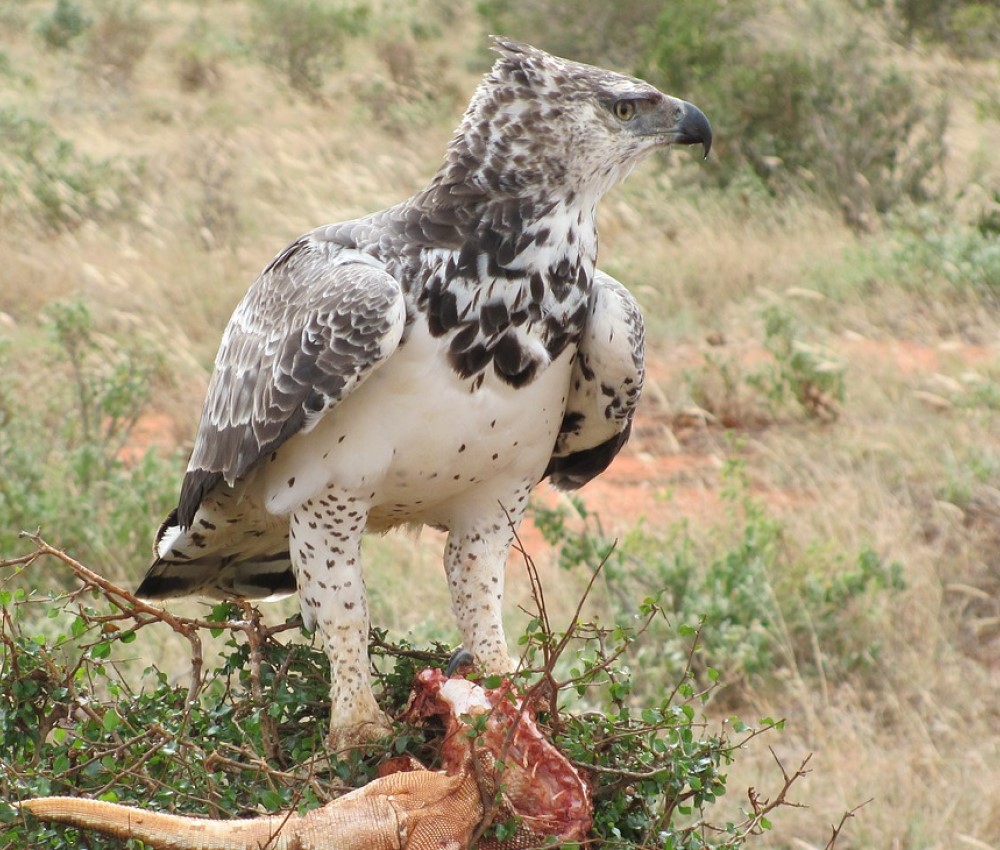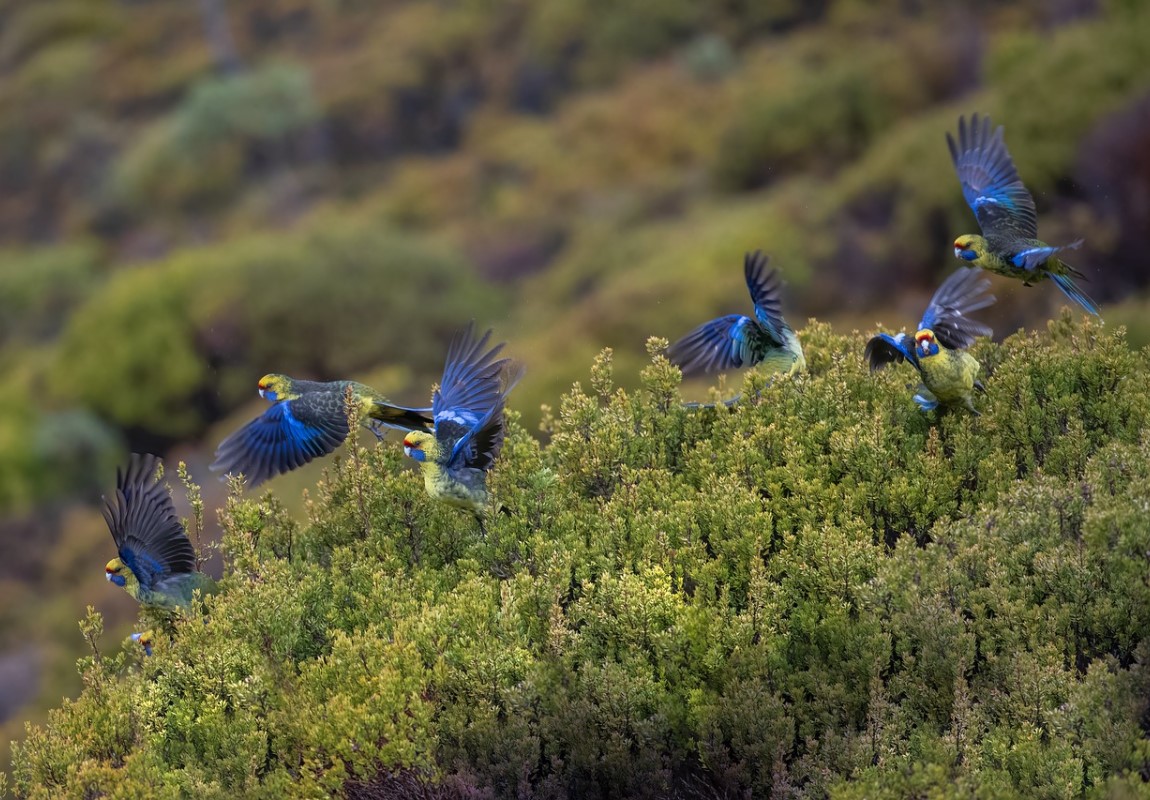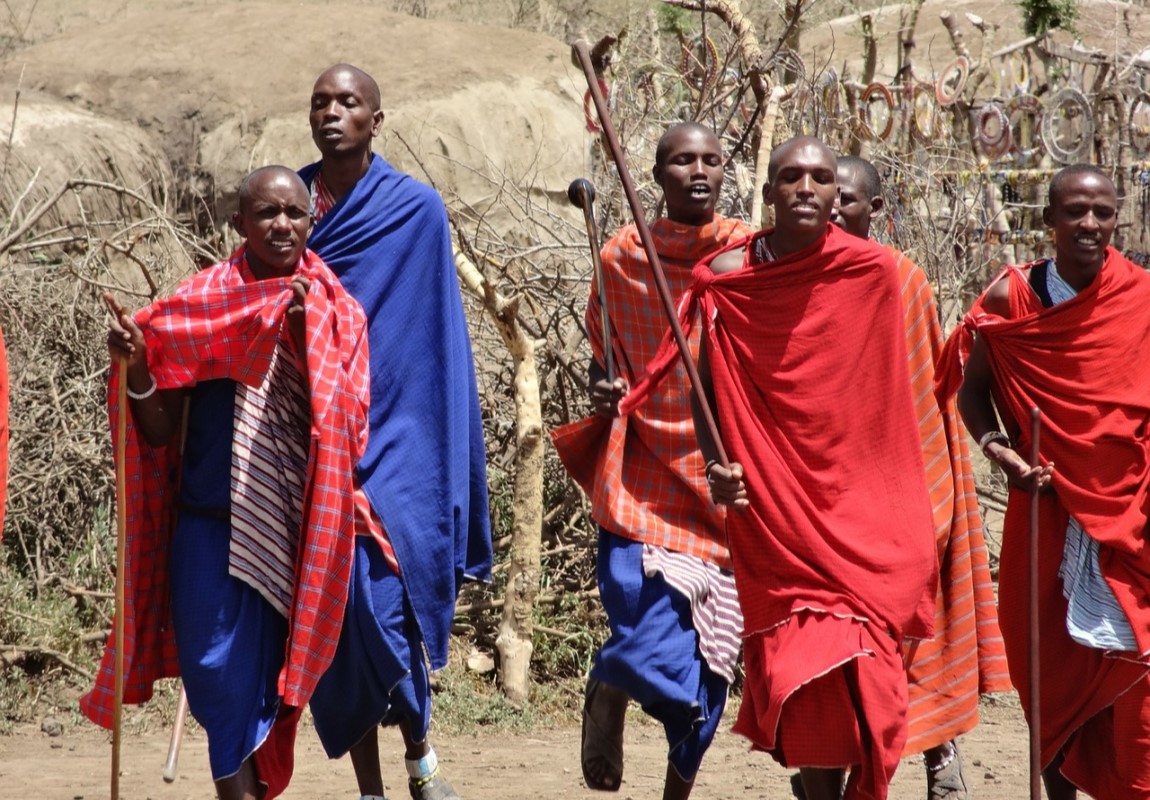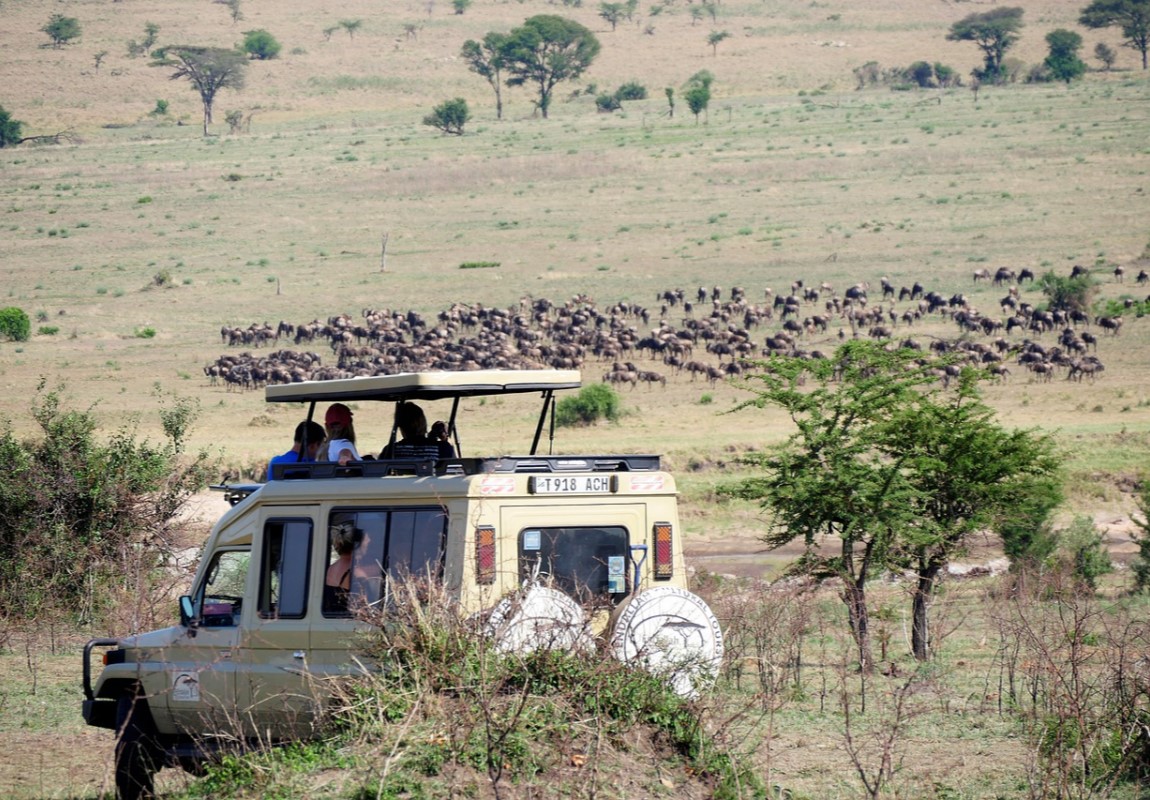Shaba National Reserve 
Shaba National Reserve - Kenya Wildlife Destination
Starting from
$750PP
Overview
Shaba National Reserve is a protected region in Isiolo County in northern Kenya toward the east of the Samburu and Buffalo Springs national reserves. Together, the three reserves form a large protected region. The Shaba reserve has sensational views including stream side forest, dispersed woodlands and dry prairies overwhelmed by the Shaba Hill spring of gushing lava. The copious wildlife depends on waterholes and bogs dispersed all through the reserve. Shaba is home to the endangered Grevy's zebra and the rare Williams' lark. Tourist traffic is exceptionally low, yet the view is wonderful.
Pros & Cons
- The reserve is little visited with great wilderness appeal
- Amazing birding experience with Dry country specials
- Buffalo Springs can be easily accessable from here
- Amazing sceneries
- There are only two options available for accommodations in the park
- Very hot and dry
Map in Kenya

Want to Visit Shaba National Reserve?
Gallery Images
Explore the stunning beauty of Shaba National Reserve through our curated collection of photographs showcasing its landscapes, wildlife, and natural wonders.
Want to Visit Shaba National Reserve?
Wildlife & Animals
Although Shaba is greener than Samburu, game species like Masai giraffes and Grant's zebras are less common. There are numerous klipspringer and hyrax in the slopes. Aardvarks, warthogs and bat-eared foxes make their homes in domed termite hills in the shrubland. Common eland, Impala, Grant's gazelle (Bright's sub-species) and gerenuk munch the bushes, and zebras, Beisa oryx, the greater kudu and lesser kudu nibble in the fields.
Wildlife Highlights
Shaba is notable for the large lion prides, which rest under bushes of toothbrush trees during the day. Around evening time, hunters incorporate the black-backed jackal, striped hyena and spotted hyena. The reserve is home to rare species that incorporate the reticulated giraffe, Somali ostrich and the endangered Grevy's zebra. Other fauna incorporate African panthers and elephants.
Best Time for Wildlife Viewing
Shaba and its neighbouring reserves will in general be dry, which means they can be visited any season. However, the Dry season (June to October) is suggested for the best wildlife viewing. The vegetation disperses during this season and animals will in general stay nearby a couple of residual water sources. It mostly rains during April, and wildlife viewing can sometimes be more challenging then.
Want to Visit Shaba National Reserve?
Birds
Bird life is abundant in Shaba and like that of the Samburu and Buffalo Springs National Reserves. The endangered and inadequately known Williams' lark is found in the reserve in locales of rocky lava semi-desert with low Barleria bushes. It has not been seen in some other protected regions. The reserve lies on the migration route from the Palearctic for the globally threatened lesser kestrel, a couple of whom go as the year progressed. Shaba is likewise home to provincially threatened birds that incorporate the irregularly visiting African darter and extraordinary egret and the resident white-headed vulture, martial eagle and yellow-billed oxpecker, the last of which is genuinely normal.
Best Time for Birding
Shaba is a bird watcher's delight the entire year. Numerous unusual, dry-country specials live here and can be spotted all year. Migratory birds show up in the reserve from November to April. One significant thought is the climate, as substantial showers can wreck your birding plans – November and April get the most precipitation.
Want to Visit Shaba National Reserve?
Best Time to Visit – Shaba National Reserve
Shaba and its neighbouring reserves will in general be dry, which means they can be visited any season. However, the Dry season (June to October) is suggested for the best wildlife viewing. The vegetation disperses during this season and animals will in general stay nearby a couple of residual water sources. It mostly rains during April, and wildlife viewing can sometimes be more challenging then.
June to October (Dry Season)
- Rarely gets hot, Most of the time it's sunny & dry
- Due to short grass and less water sources, Animals can be spotted easily
- Fewer mosquitoes and less chance of catching malaria
- There is a lot of dust in the air because it is very dry
- The sky is hazy and the scenery isn’t as pretty
November to May (Wet Season)
- The scenery is beautiful and at its most lush
- Birding is best as migratory birds are present
- As the park is less busy, Pricing is very less to bring more travellers
- Wildlife viewing gets special because of less crowd
- Rain in April and May will sometimes come in between your planned activities
- Roads become sloppy and difficult to travel
Want to Visit Shaba National Reserve?
Activities
Explore popular activities available in and around Shaba National Reserve.
Want to Visit Shaba National Reserve?
No FAQs available for this park yet.

 English
English French
French
